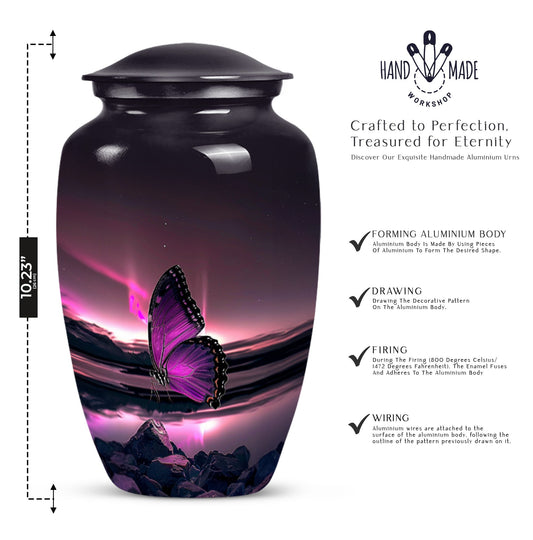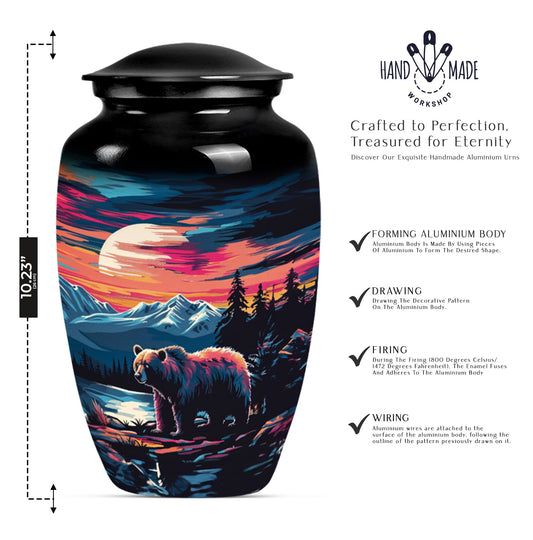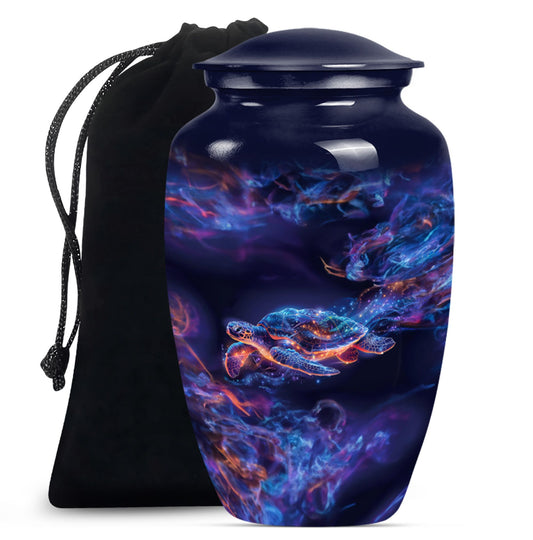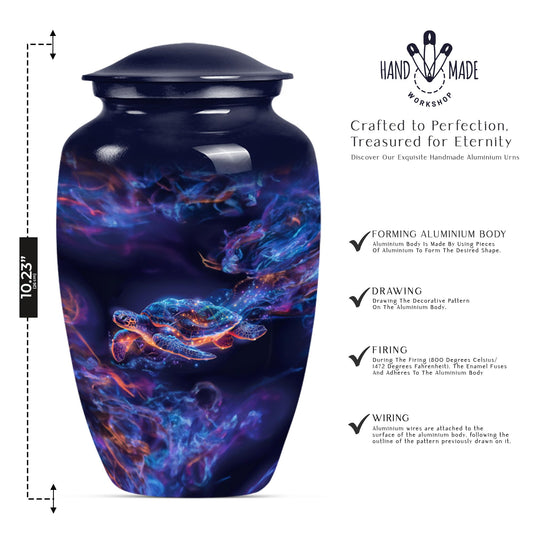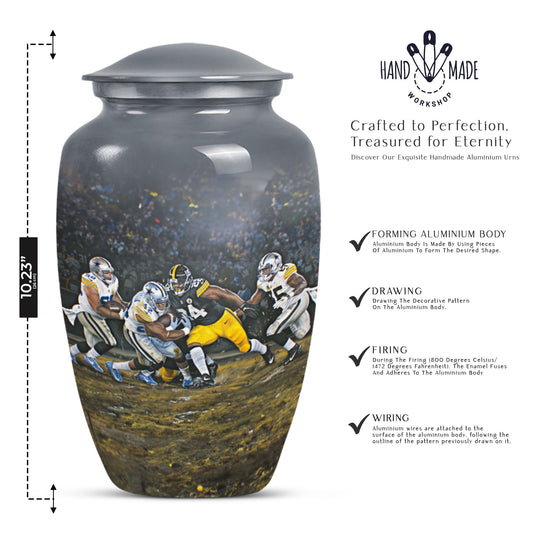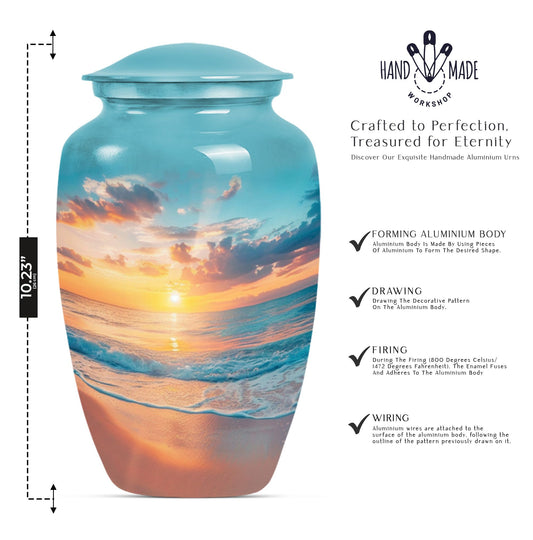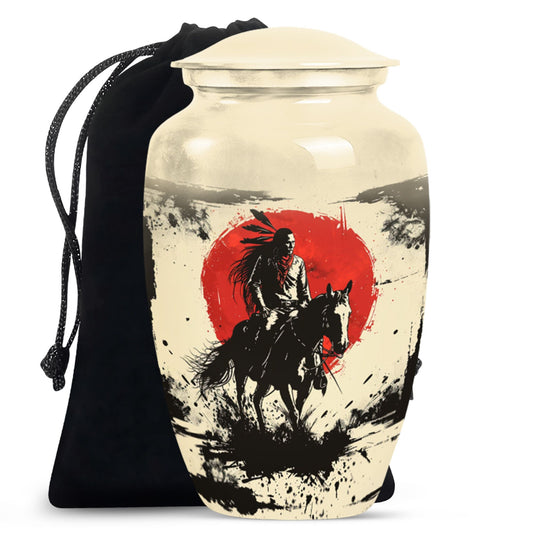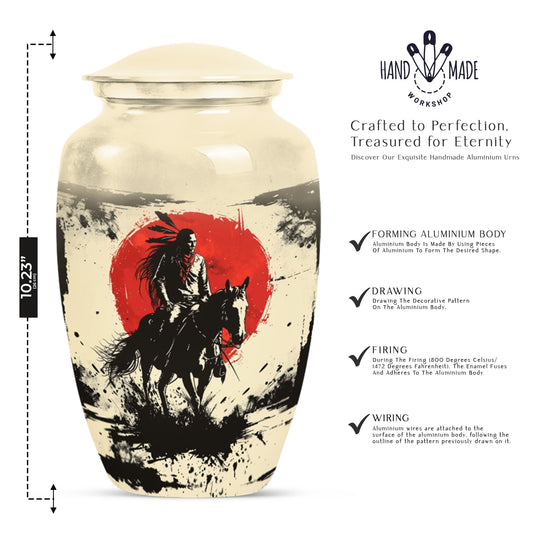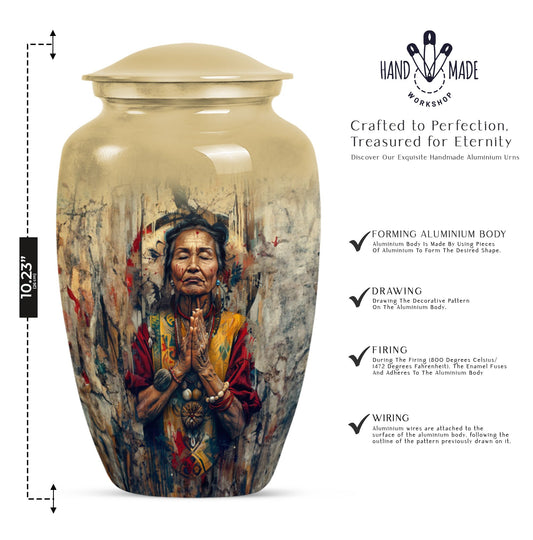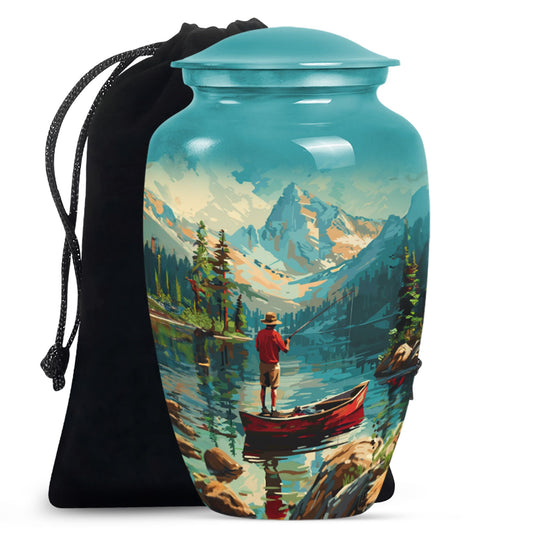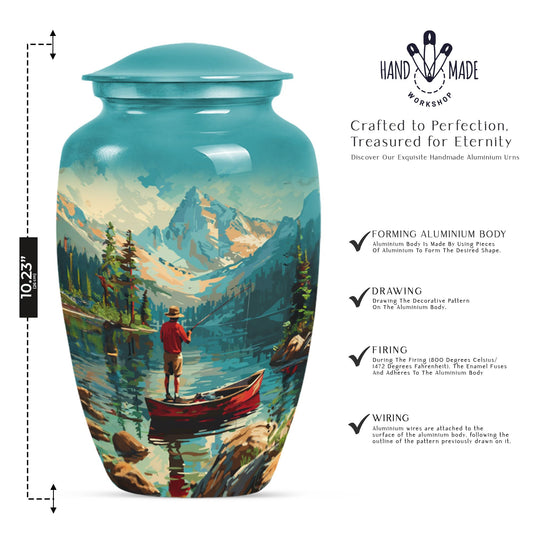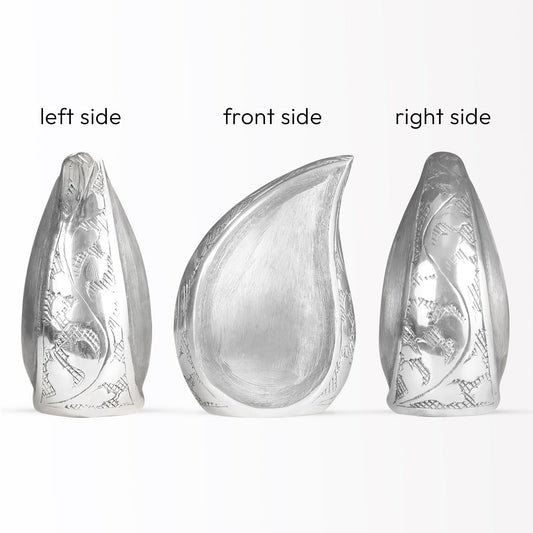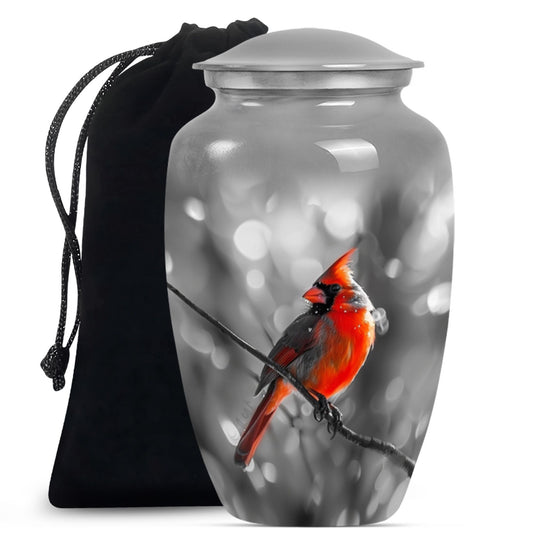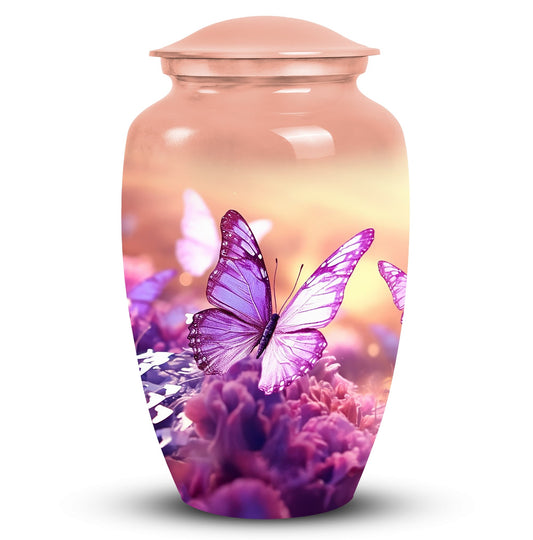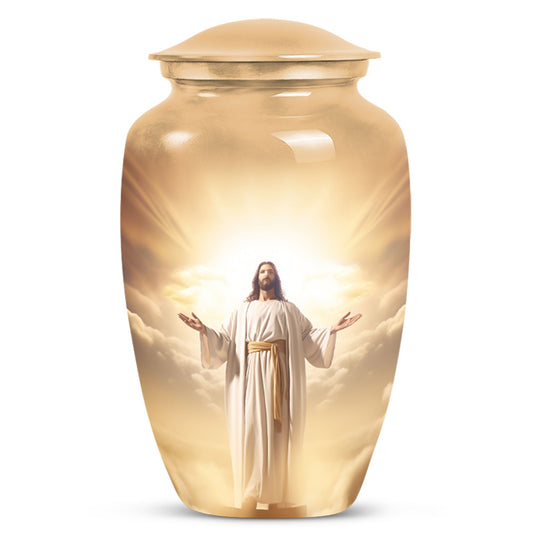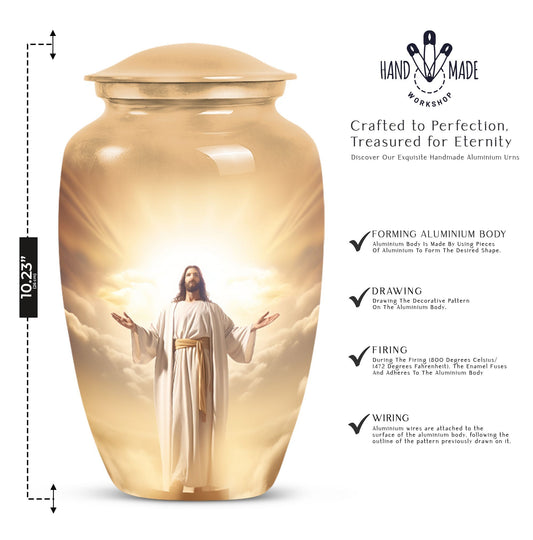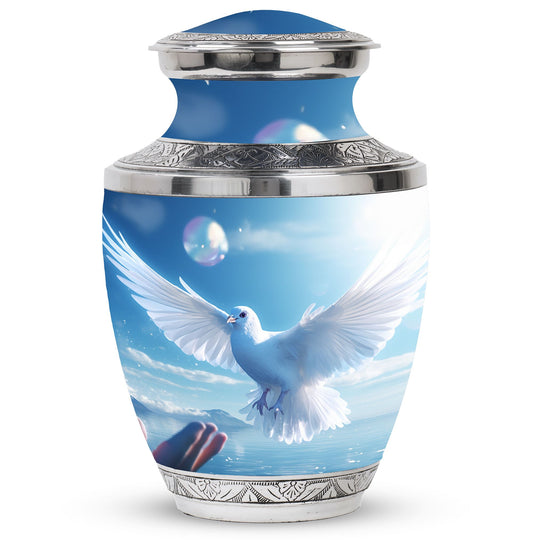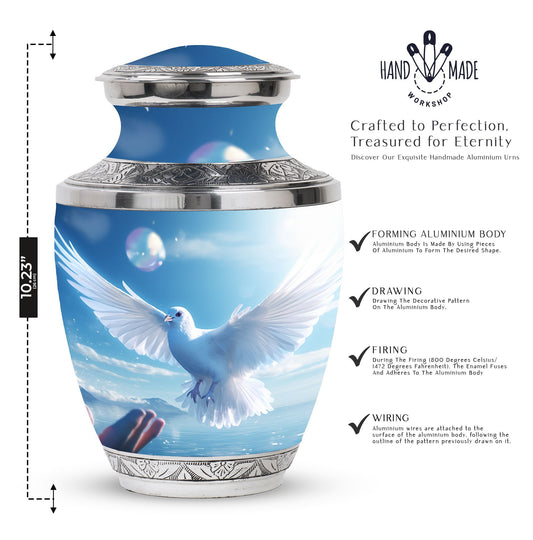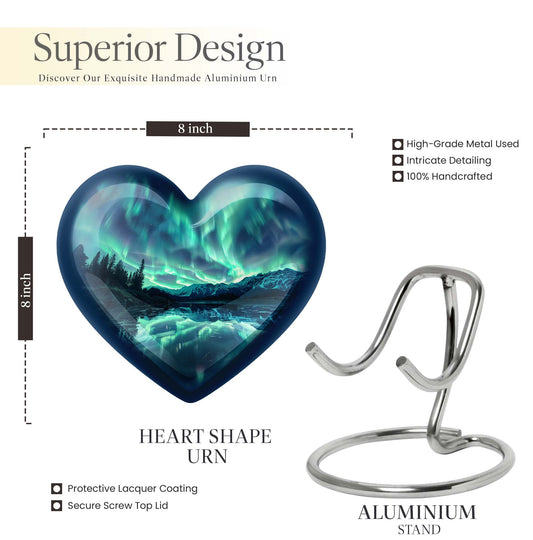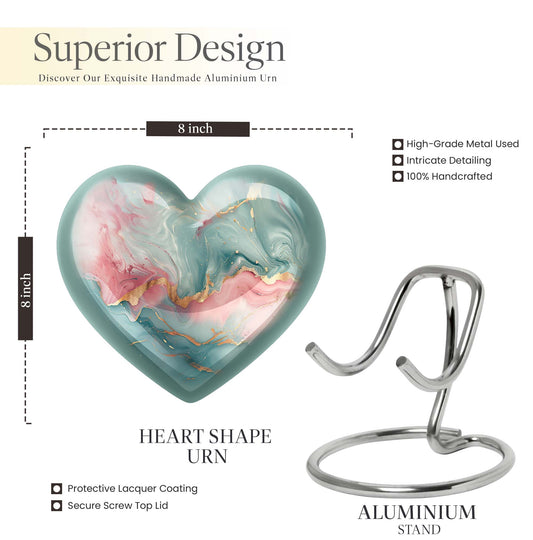Popular Urns
Funerary Dressing Guide: Appropriate Attire and Etiquette for Funerals

Funerary Attire and Etiquette Guide
Funerary dressing can be viewed as a meager way of showing respect to the bereaved family and support. While funeral rite traditionally requires some somber-colored clothes, there are recent customs on the dressing over a funeral in a looser and lighter perspective. In this regard, here is a general guiding principle or rule on the way dressing can be executed at a funeral:
1. Modesty and simple dressing must come first at all times
Funerals are considered solemn events and clothes must be modest to a certain extent and very respectable. Avoid flashy outfits as they can be distracting; outfits that are too trendy might present the impression of looking ill-mannered while taking the funeral service.

This involves covering the shoulders, arms, and legs, clothes whose colors are subdued and simple designs; on the other hand, despite some traditions being easier for one to dress formally when attending a funeral service, it is safest to refrain from revealing or tight-fitting pieces of clothing.
2. Use dark, neutral colors-
Dark colors-dark may be "black," in particular -are traditional for funerals and safe choices. Or navy blue, dark gray, or any other subdued color. Such colors are used based on respect and bereavement, showing sympathy with fellow creatures.
However, contemporary funerals or "celebration of life" ceremonies may allow vibrant colors to "celebrate" the personality of the deceased, it is always best to follow the cue from the family involved or neutral colors unless otherwise indicated.
3. Respect Cultural or Religious Tradition-
Different cultures and religion have different customs regarding wear during funerals. There are some Hindu traditions which are usually white, suggesting purity, while in others Asian cultures, white portrays mourning. In some Christians or Catholics, black will be the traditional color, and if you are unfamiliar with the culture of your funeral, ask the family, consult a close friend, or look up specific customs.
4. Season and Setting-

Funeral can be conducted in graveyards, churches, or even home, so one chooses appropriate clothes according to the place and season. One might require sturdy shoes and layers if the funeral takes place outdoors, since you'll have to walk on uneven ground.
In case it is a cold weather condition, you may wear dark overcoat, scarf, and gloves for warmth and still be proper. During warmer months, you would choose breathable fabrics like cotton or linen. It is respectful and cooler when you wear during the summer months.
5. Dress modestly and avoid over-adorned accessories and jewelry.
Avoid using flashy pieces of jewelry and accessories. In fact, it is ideal to just avoid using anything too shiny or bright big or showy jewelry for that matter. One may opt for something much simpler like a watch or even simple stud earrings. Minimal or no jewelry can really help in not making attention the focus of the get-together. In fact, avoid carrying big or bold handbags or accessories that make you stand out.6. Ditch Strong Perfumes and Fragrances

Strong perfumes can be overwhelming in small spaces, and many people will have emotional reasons to come, so attempt to be non-fragrant to fragrance-free. Many of the guests will be allergy-sensitive, and you don't want strong fragrances or colognes to compete with the ritual of the funeral itself. Fresh, clean fragrances or no fragrance is very thoughtful.
Conclusion
Attire for a funeral is one way of showing respect to the dead and consideration to the mourning family. It honours the occasion by dressing modestly, in dark or neutral tones, keeping accessories simple, and following cultural norms. At the end, what one wears is respectful, modest, and subtle enough to display empathy and solidarity with the bereaved and care through thoughtful presentation.


